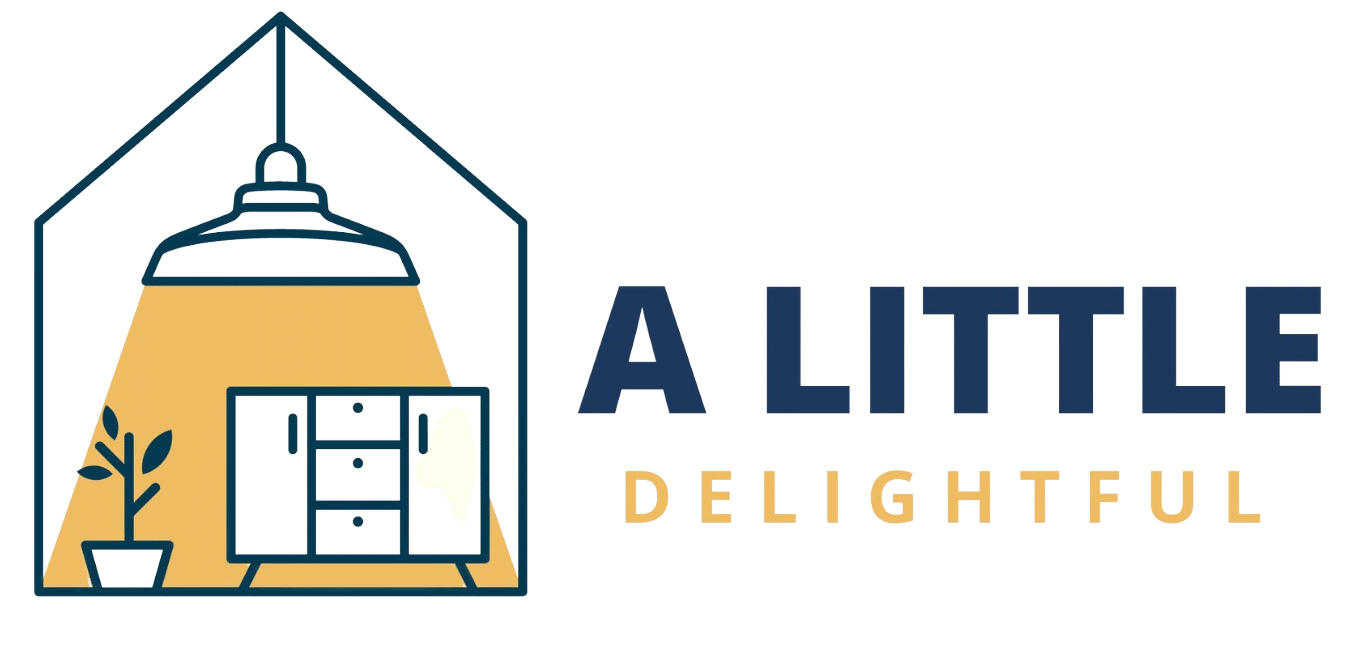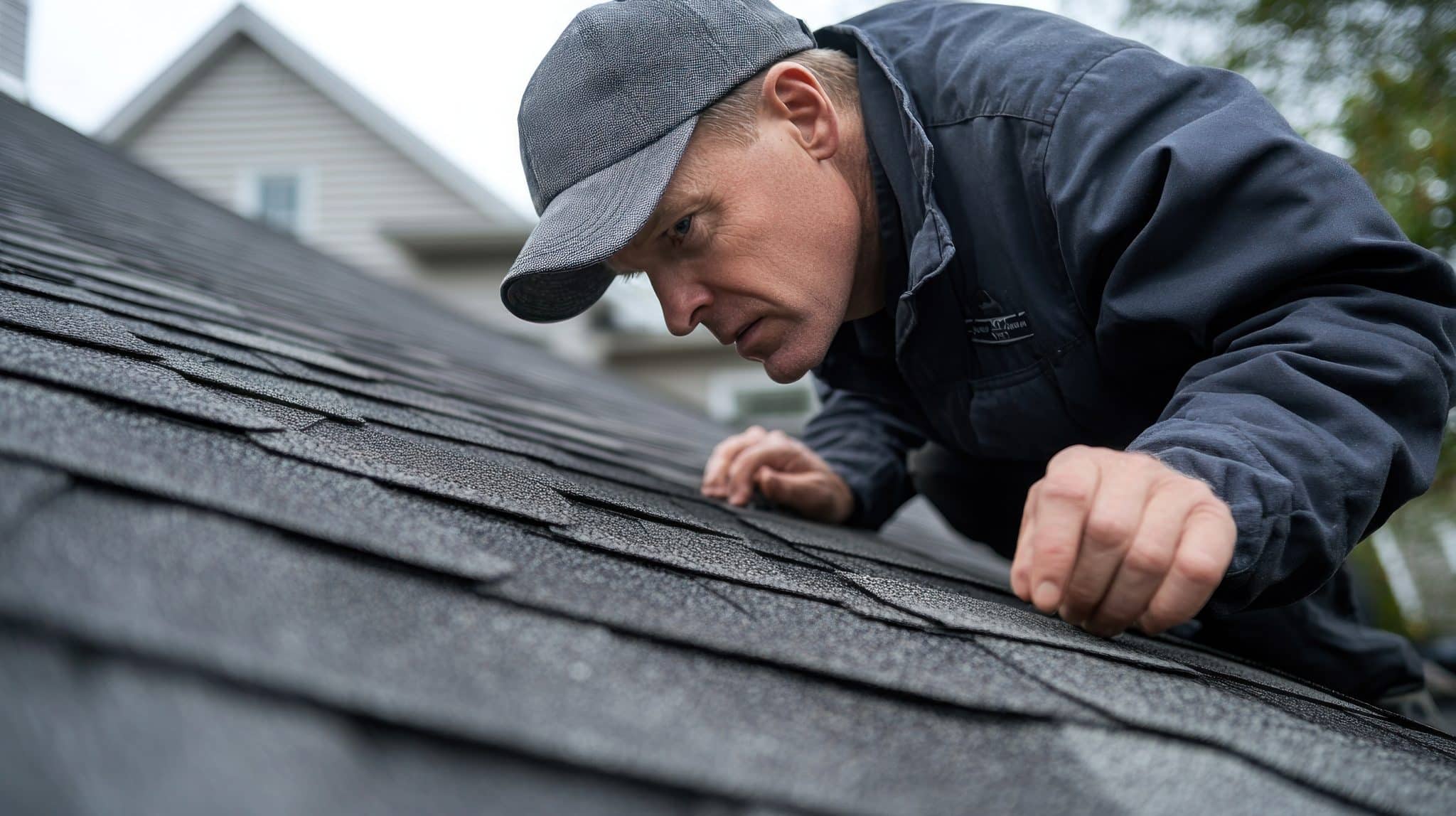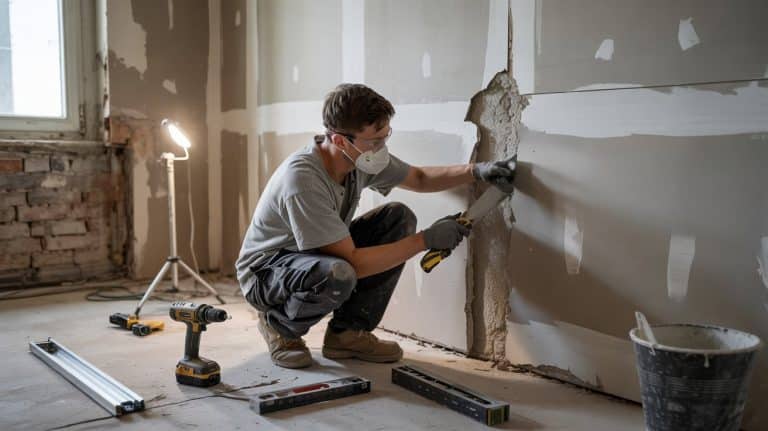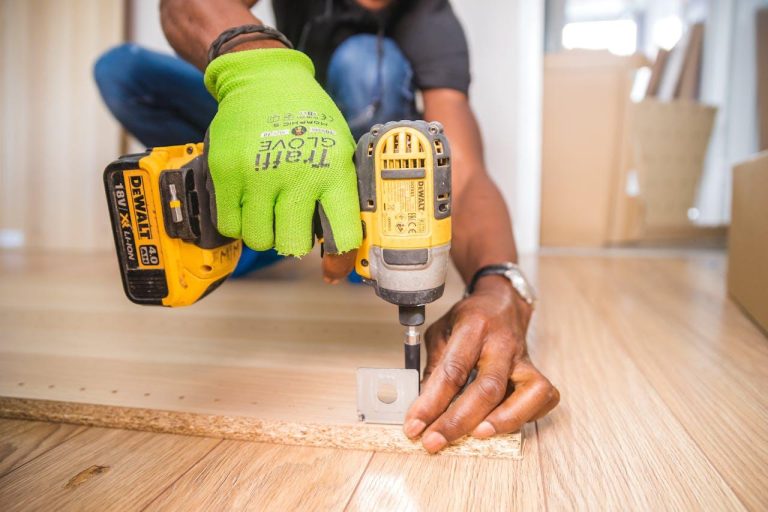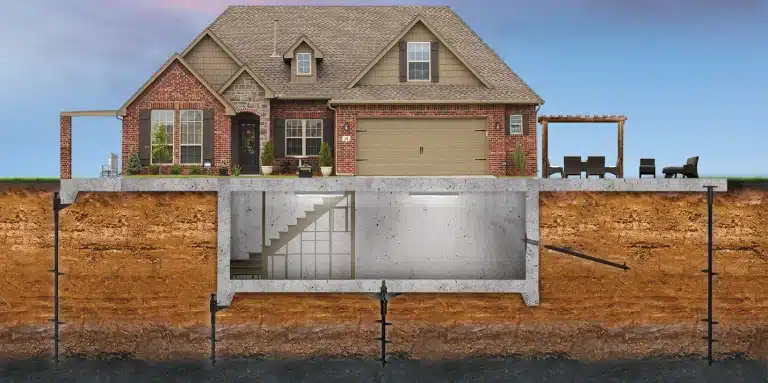4 Signs Of Roofing Damage You Shouldn’t Ignore
Your roof is one of the most important barriers between your home and the elements. When it starts to fail, the consequences can affect not just the exterior but the safety and comfort of everything inside.
Damage often builds gradually, making it easy to overlook until it becomes a serious and expensive problem. By the time obvious symptoms appear, underlying issues may already be well underway.
Ignoring the early warning signs doesn’t just put your property at risk—it can also lead to higher repair costs and long-term complications. Staying alert to potential roofing problems is the first step to protecting your investment.
Read on to learn how to spot key signs of roofing damage before they turn into major repairs.
1. Missing or Damaged Shingles
Shingles are your roof’s protective shell. When they’re damaged or missing, moisture, wind, and debris can penetrate the system and cause bigger problems fast.
The following are key issues to look for when inspecting your shingles:
- Curling or buckling shingles: This often results from poor ventilation or deteriorating materials. The lifted edges can catch wind and tear off during bad weather, leaving the layers underneath exposed.
- Cracked or broken shingles: These gaps invite water and pests directly into the underlayment. Even a few broken individual shingles can lead to serious roof repair costs if left unchecked.
- Granule loss on laminated shingles: Granules protect the asphalt base from UV rays and weathering. When they begin to wear off, the laminated shingles become brittle, less effective, and vulnerable to leaks.
- Bald spots: Missing granules or sections of the shingle may indicate aging or installation with low-grade roofing materials. This kind of wear reduces your roof’s durability and can accelerate the need for replacement.
These issues should never be ignored. An early inspection can save you from more extensive structural damage or a full roof replacement. A Cary roofing company or another trusted local expert can help evaluate your roof’s condition. Depending on what they find, they may recommend targeted repairs or a complete update using durable materials like metal roof panels.
2. Sagging or Uneven Rooflines
A sagging or uneven roofline isn’t just a cosmetic issue—it often signals deeper structural concerns. These signs shouldn’t be ignored, especially if your roof is older or has experienced prolonged exposure to moisture.
The following are clear indicators that your roof’s structure may be compromised:
- Visible dips along the roof ridge: A drooping ridge line can suggest that the central beam or load-bearing structure is under stress. This may result from improper framing or deteriorating support materials used in past roofing projects.
- Wave-like roof planes: A roof that looks wavy instead of flat may have warped sheathing or undersized rafters. Moisture buildup and incorrect spacing during installation can cause materials to shift over time.
- Interior cracks near ceiling lines: Cracks in drywall near the ceiling—especially on upper floors—might point to uneven weight distribution on the roof deck. This isn’t always caused by surface leaks; sometimes it’s a structural imbalance.
Damage to the structure of your roof puts your entire home at risk. For safety and compliance with local building codes, contact a Chapel Hill roofing company or another qualified team in your region to evaluate the issue. A licensed roofing contractor can recommend whether you’re facing a repairable concern or need a complete roofing overhaul.
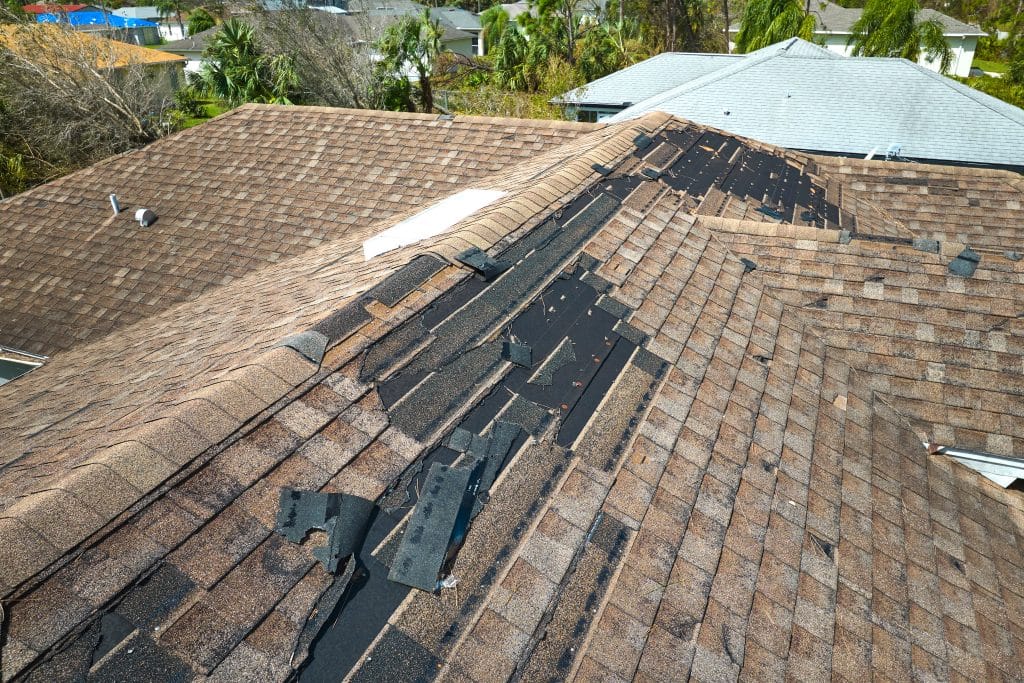
3. Interior Water Stains or Mold Growth
Moisture problems from roof damage often show up indoors first. If you’re noticing unsightly spots or musty smells, the issue may already be affecting your home’s structure and air quality.
To spot the signs early and avoid larger repairs, look for the following:
- Discoloration on ceilings or walls: Brown or yellow patches are a clear warning. These often develop when small leaks go undetected and water starts soaking through insulation or drywall. A roofing contractor can trace these stains back to the source, whether it’s failing flashing or gaps around roof penetrations.
- Bubbling or peeling paint: When moisture collects behind painted surfaces, the finish starts to separate from the wall or ceiling. This often signals prolonged exposure to humidity from above, and it may require more than cosmetic repair.
- Musty odors in certain rooms or attics: Persistent, unpleasant smells—especially in closed spaces—can indicate trapped moisture. These areas become ideal for mold colonies to grow, which compromises indoor air and can pose health risks.
Issues like these require more than a surface-level fix. If you’re planning a home renovation, identifying and resolving roof leaks beforehand can prevent wasted time and money on damaged interiors.
4. Damaged Flashing and Vents
Flashing and vents are essential for sealing roof openings and protecting weak points from moisture. When these components break down, even minor flaws can cause leaks and costly water intrusion.
To prevent serious issues from forming around joints, valleys, and protrusions, keep an eye out for the following problems:
- Cracked or warped flashing: Over time, flashing may crack due to temperature shifts or settle out of position with structural movement. This creates tiny openings that let water slip through undetected—especially in older residential roofing systems or homes with layered roofing projects completed years apart.
- Corrosion on metal components: Even steel roof panels or other sturdy materials degrade without proper upkeep. Rusted flashing around chimneys or skylights signals long-term exposure to moisture and will continue to weaken until it’s replaced by a roofing contractor familiar with correct sealing techniques.
Whether you’re dealing with flat roofs or angled ones finished with metal roof panels, flashing and vent issues should never be ignored.
Final Thoughts
A solid roof is more than just a construction feature—it’s a quiet guardian of your comfort, safety, and long-term investment. While it’s easy to forget what’s overhead when everything seems fine, a little vigilance goes a long way. Trusting your instincts, staying curious about changes in your home, and knowing when to call in an expert can make all the difference.
